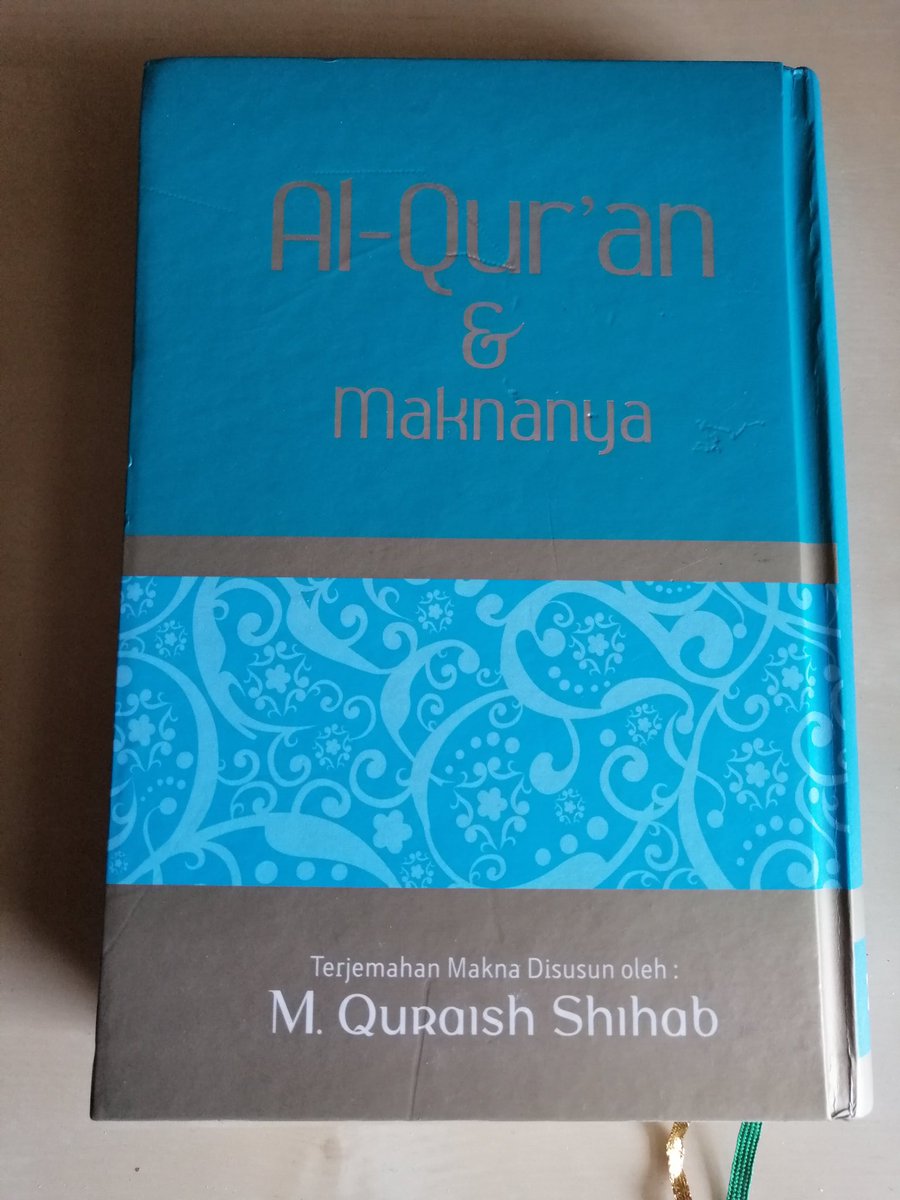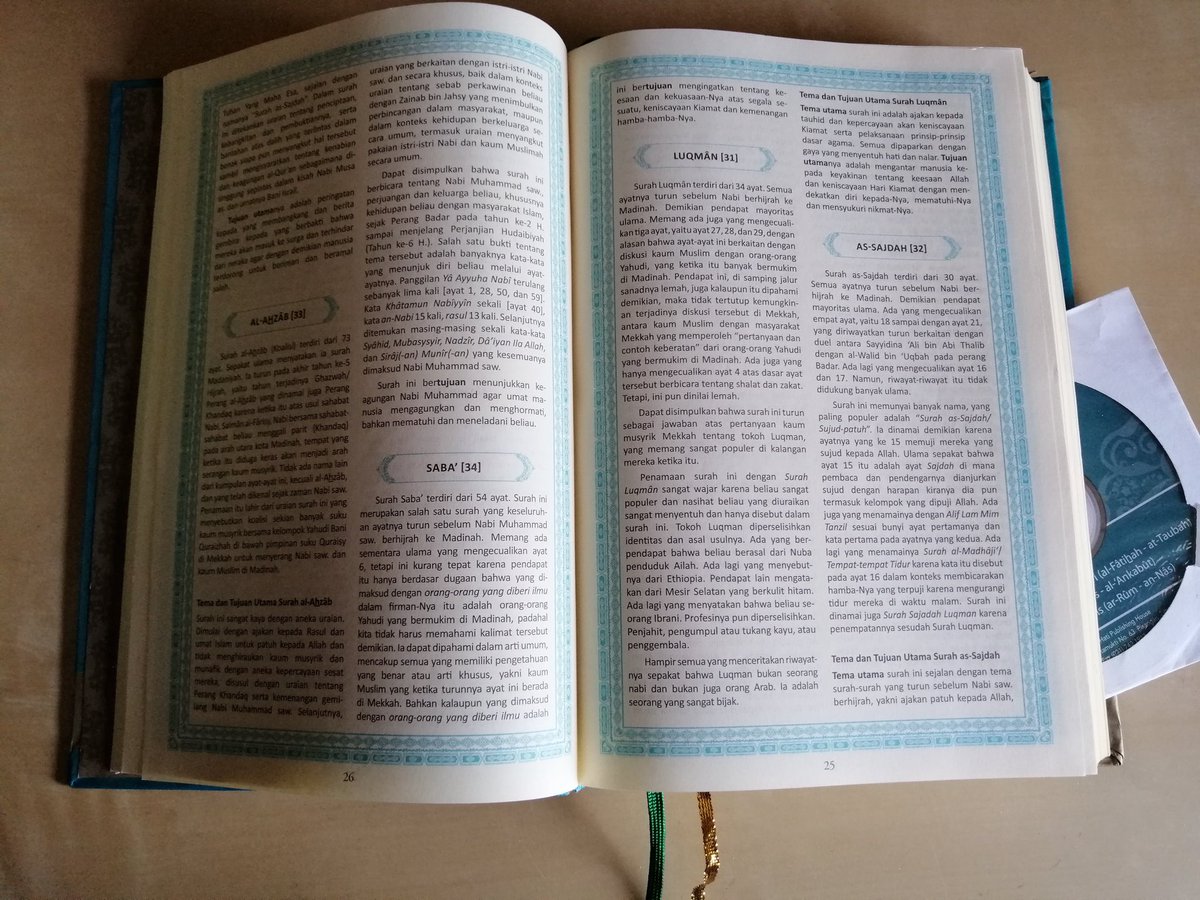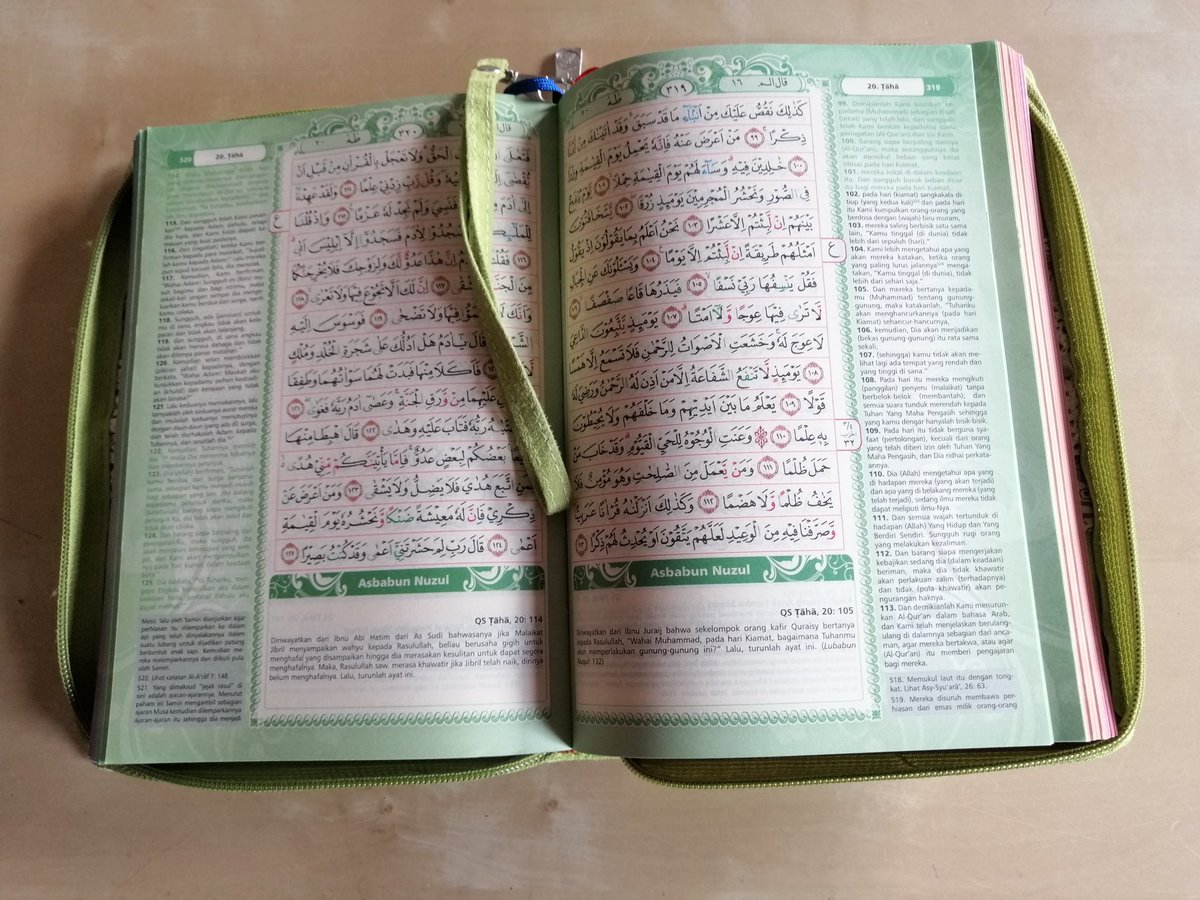
South Asian Muslims have been translating the Qur’an into Urdu for over two centuries. The first complete Urdu translations emerged at the end of the 18th and the beginning of the 19th centuries.
#qurantranslationoftheweek 🌏🇮🇳
#qurantranslationoftheweek 🌏🇮🇳

“Mūḍiḥ al-Qurʼān”, which is arguably the first full Qur’an translation to be written in idiomatic Urdu, was authored by Shāh ʿAbd al-Qādir Dihlawī and completed in 1790. 

ʻAbd al-Qādir was a descendent of the illustrious Shāh family, which pioneered the first translations of the Qur’an into Persian and Urdu.
His father, Shāh Walī Allāh Dihlawī (1703-1762), had previously made the Qur’an accessible to the general Muslim populace through his Persian translation of the Qur’an, “Fatḥ al-Raḥmān”, as part of his endeavors to reform the Muslim masses, who were influenced by Hindi customs.
ʿAbd al-Qādir’s older brother, Shāh Rafīʿ al-Dīn (1749–1817), also authored an Urdu Qur’an, in his case producing the first Urdu word-by-word translation, “Fāʾiq al-Bayān“, which was probably produced some years before ”Mūḍiḥ al-Qurʼān”.
It is evident that both brothers, driven by their passion to change religious beliefs and practices that they viewed as deviating from those laid out in the Qur’an, aimed to promote familiarity with the holy book.
In other words, they continued the religious reform started by their father and tried to reach the common people through using Urdu, which was challenging the position of Persian as the lingua franca in the Indian subcontinent at the time.
Although some translations were already in circulation in Delhi, the intellectual metropolis of the Mughal Empire, before the publication of “Mūḍiḥ al-Qurʼān”, these were aimed at the educated elite.
Shāh ʿAbd al-Qādir Dihlawī therefore deemed it necessary to render the Qur’an in a way that would benefit the native Hindi/Urdu speaking masses.
Unlike his older brother, he opted for an idiomatic translation because he felt that the huge differences in the linguistic structure between Arabic and Urdu, which were maintained in Rafīʿ al-Dīn’s verbatim translation, impeded understanding of the Qur’an.
Furthermore, ʿAbd al-Qādir used popular Hindi instead of Rekhta (which is closer to Persian and Arabic) as another strategy to adapt his translation to the common people. His use of popular Hindi can be seen, for example, in his rendition of the phrase “ʿadhābun ʿaẓīm“ in Q 2:7.
Instead of using the word “adhāb”, which is also used in Urdu for “punishment”, he translated it as “barī mār” (“great punishment”/”severe beating”) in order to simplify the target language.
In fact, in the preface of his translation, ʿAbd al-Qādir points out that his work should be regarded as a simplified translation and advises the reader to consult an authoritative scholar who knows the Arabic language to gain deeper knowledge of the Qur’anic meanings.
In the absence of such expert advice, any meaning the reader derives from the translation should be considered unreliable.
Originally, ʿAbd al-Qādir states, he had set out to produce a plain, unannotated, translation. However, following requests from some of his associates, he added explanatory notes to his translation.
It has been assumed by a number of scholars that ʿAbd al-Qādir did not actually create his own translation from the original Arabic, but instead only rendered the Persian Qur’an translation of his father into Urdu.
However, when one looks at the text of his rendition, it becomes clear that this is very unlikely. To give just one example, Q 2:2 contains the phrase “hudan li-l-muttaqīn”.
Shāh Walī Allāh translates this into Persian as “dar ān rahnumā’st parhīsgārān rā” (“there is guidance for those who are righteous”), whereas ʿAbd al-Qādir renders this in Urdu as “rāh batātī hey dar wālon ko” (“it shows the way to those who fear”). 

By composing their respective complete Qur’an translations for the masses, ʿAbd al-Qādir and his family set a milestone. Nevertheless, despite their intentions, their works were only accessible to a limited readership because they were only available in handwritten form.
This changed some decades later when the lithography press began to be used to publish and disseminate religious literature.
Sayyid Aḥmad, a student of ʿAbd al-Qādir and the leader of the ṭarīqa-I Muḥammadiyya, recognized the advantages of the lithography press, using it to copy and publish their literature more efficiently.
His movement published various books in Persian and Urdu, and, in 1829, the movement published “Mūḍiḥ al-Qurʼān” for the first time in Calcutta.
It was at this point that ʿAbd al-Qādir’s aim was achieved, and the general populace were able to gain access to the holy scripture in an idiomatic Urdu translation.
The growing acceptance of Qur’an translation at this time set a new trend: Muslim scholars started publishing their own translations, and it is estimated that 20 to 25 different Urdu Qur’an translations were in circulation by the end of the 19th century.
Sadly, Shāh ʿAbd al-Qādir was not able to see the impact of “Mūḍiḥ al-Qurʼān” with his own eyes as he died in 1827, two years before it was published for the first time.
#qurantranslationoftheweek 🌏
~KK~
#qurantranslationoftheweek 🌏
~KK~
• • •
Missing some Tweet in this thread? You can try to
force a refresh










